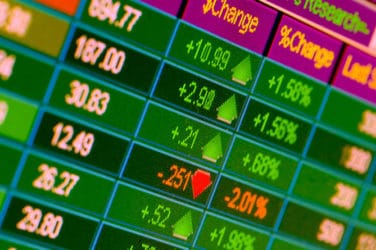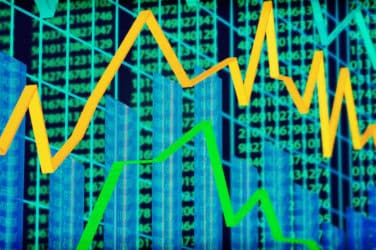Market orders would likely become extinct, at least if the buy side, sell side, and exchange representatives who spoke before the U.S. Securities and Exchange Commission on Tuesday had their way.
Many of those presenting their view to SEC officials during the meeting of the SEC’s Market Structure Advisory Committee attributed much of the liquidity imbalances that occurred as U.S. equities markets opened on August 24, 2015 to the troublesome order type.
“During the first 30 minutes after the market opened, NYSE saw a sixfold increase in market orders,” noted Stacey Cunningham, chief operating officer of NYSE Group. “We had an influx of market orders looking for prices while we also saw market makers withdrawing liquidity.”

Stacey Cunningham,
NYSE Group
Although the SEC’s initial research on the August 24 trading events, which it published as a white paper in December, does not detail the source of the increased market order volume, Paul O’Donnell, a managing director with Morgan Stanley, suggested the regulator analyze the non-publicly accessible Order Audit Trail System data “to understand the source of liquidity-taking order flow.”
The general consensus articulated by EMSAC members was that stop orders entered by retail investors and investment advisors without a limit price was the likely culprit and suggested that regulators and the sell side stress educate retail investors better about potential effects of the order type.
“Retail investors need to know the risk of an unpriced order in the market,” said NYSE’s Cunningham. “NYSE will stop accepting stop orders despite the pushback from investors. We think this is good for investors.”
Rival Nasdaq OMX never accepted market orders, according to Frank Hatheway, chief economist at Nasdaq.
Other market-structure reforms suggested by Hubert De Jesus, co-head of market structure & electronic trading at BlackRock, and Paul O’Donnell, a managing director at Morgan Stanley, included better harmonizations between the futures and equities markets and the equities markets themselves, especially during market openings and re-openings.
Overall, the industry presenters stated that the events of August 24 were much better than the May 6, 2010 flash crash, which spawned the current set of market-structure reforms.
“The market-data delivery systems and post-trade systems worked well,” admitted NYSE’s Cunningham. “We did not see the problems that we saw in the past.”
“We didn’t see stocks trading for a penny, but there is room for improvement,” acknowledged O’Donnell.





